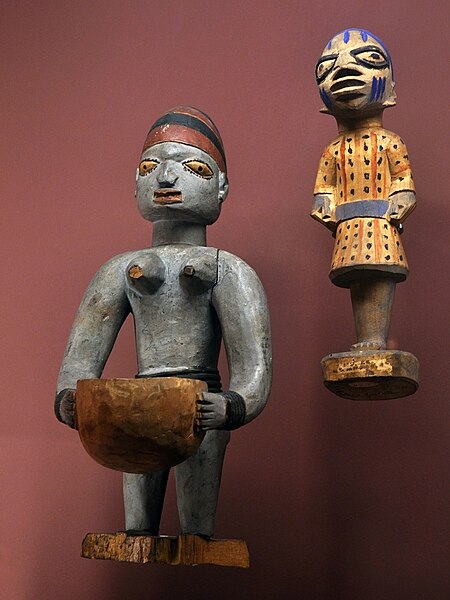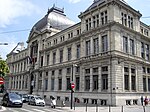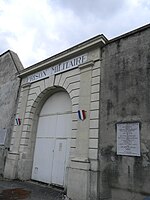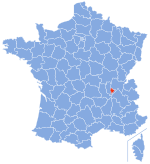African Museum of Lyon

The African Museum of Lyon (French: Musée Africain de Lyon) is the oldest museum in France dedicated to Africa, and one of the oldest museums in Lyon. The collections specialise in West African objects.The museum was created in 1861 by the Society of African Missions under the influence of Melchior de Marion Brésillac. After his death, Augustin Planque took over his role and asked the missionaries of the Society to send to France items reflecting the everyday, social and religious life of Africa. In 1998, the museum began the refurbishment and restoration of its building, which was formally reopened on 28 January 2001. The museum is situated at 150, Cours Gambetta, Lyon. The building now provides 750m² for the display of the permanent collection, comprising 2,126 African objects. Exhibits are divided into three categories: Everyday Life, Social Life, and Religious Life. There is also a room reserved for temporary exhibitions.
Excerpt from the Wikipedia article African Museum of Lyon (License: CC BY-SA 3.0, Authors, Images).African Museum of Lyon
Rue Pierre Robin, Lyon La Guillotière
Geographical coordinates (GPS) Address Nearby Places Show on map
Geographical coordinates (GPS)
| Latitude | Longitude |
|---|---|
| N 45.749861111111 ° | E 4.8579166666667 ° |
Address
Rue Pierre Robin
69007 Lyon, La Guillotière
Auvergne-Rhône-Alpes, France
Open on Google Maps









